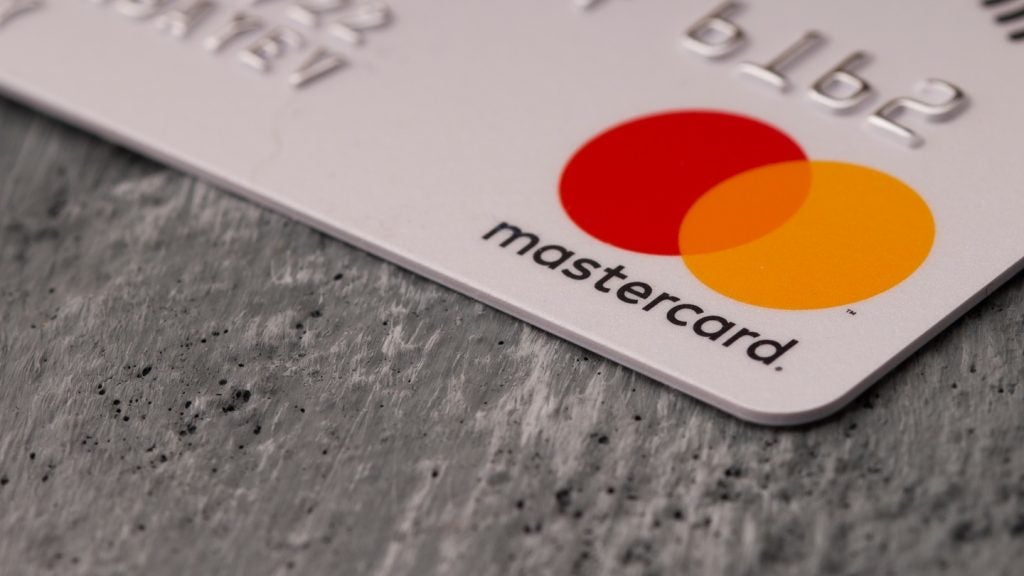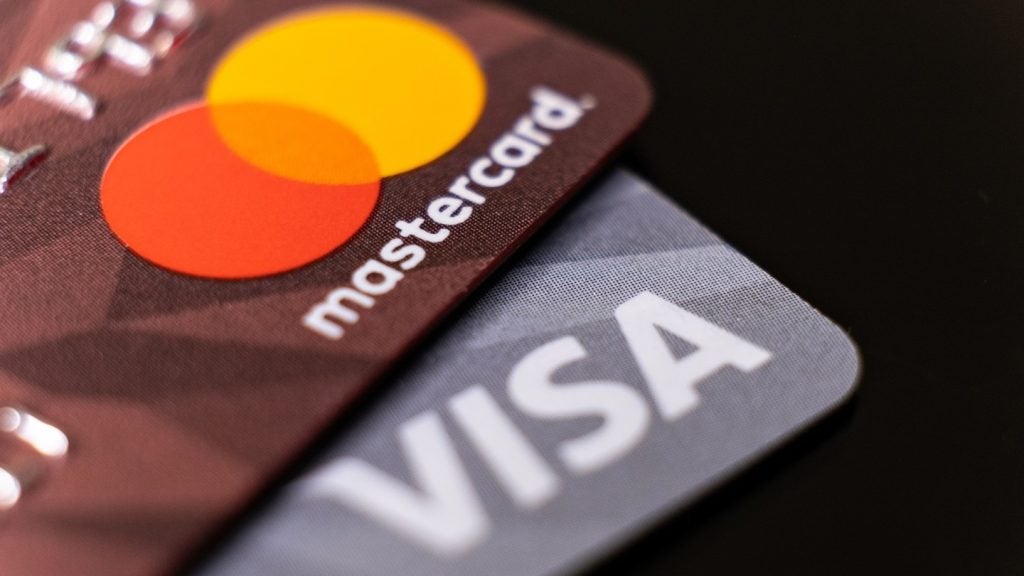The ‘debanked’ US consumers who are
turning their backs on the traditional banking system present
significant opportunities for prepaid issuers and other alternative
financial service providers, not to mention credit unions. But,
writes Duygu Tavan, banks can win back the affections of this small
but profitable demographic

Access deeper industry intelligence
Experience unmatched clarity with a single platform that combines unique data, AI, and human expertise.
The Durbin Amendment to the Dodd Frank Act in
the US was designed to clamp down on excessive interchange fees and
save US merchants money. Heartland Payment Systems, one of the US’
largest acquirers, has reported that its merchants have saved $91m
so far, and research organisation Ipsos estimates that
industry-wide merchant savings amount to $3.6bn. Ipsos also found
that 94% of consumers were not convinced merchants will pass those
savings on.
But it is still the issuing banks that are
struggling most. The pressure to recoup the lost income from debit
portfolios has encouraged many of them to increase their current
account fees and charges, much to their customers’ dismay.
Javelin Strategy and Research (JSR) found that
in the past three months of 2011 alone some 5.6m consumers have
already abandoned the large US banking groups to join smaller
community banks or credit unions. Of these, about 11% switched in
protest against banks’ attempts to charge monthly debit and/or
account usage fees. Another 15%, JSR found, switched because they
were fed up with bank fees in general.
This so-called “debanked” segment has ditched
traditional banking services, not because they have to, but because
they want to. And the segment is growing.

US Tariffs are shifting - will you react or anticipate?
Don’t let policy changes catch you off guard. Stay proactive with real-time data and expert analysis.
By GlobalDataA recent report from Aite Group identifies the
debanked as representing a major market opportunity for prepaid and
alternative debit card providers such as Green Dot, NetSpend and
even retail chains like Walmart.
Ron Shevlin, senior analyst at Aite Group,
co-wrote the report.
“While the unbanked are often misperceived as
disadvantaged consumers living outside mainstream society, the
debanked are anything but underprivileged,” he says. “Furthermore,
convincing the debanked to use prepaid debit cards shouldn’t
require a lot of education or persuasion. They are already highly
satisfied and frequent users of card payment products.”
Aite Group’s findings are based on the
responses of 500 US consumers who use alternative financial
services. They were surveyed between February and March 2011, about
half a year before the Durbin Amendment came in.
Debanked market size
In the report, Shevlin notes: “The debanked
isn’t a large segment of consumers. We estimate that roughly 7% of
all US households belong to this segment.
“But based on their demographics and current
banking activity, we believe that the segment is growing and
represents a significant threat to banks’ revenue and fee streams
at a time when banks can ill-afford to lose customers.”
8% of US households qualified as unbanked in
2009, according to the US Federal Deposit Insurance Corporation
(FDIC). It also estimated that almost two in five households in the
US were underbanked – ie, had bank accounts, but relied on
alternative financial services, such as payday loans.
Shevlin doubts this underbanked segment has
increased since 2009, because, in research conducted in the first
quarter of 2011, Aite Group found that 36% of survey respondents
fit the description of the underbanked – the same percentage as the
FDIC.
But the debanked segment is likely to expand,
Shevlin says.
“Aite Group believes the growth [of the
underbanked] will be dependent on economic conditions and financial
product developments,” he says.
The debanked have traditional access to
credit. According to Aite Group, 65% of them have a credit card and
55% own their own home.
Some 37% have a prepaid card, and the segment
is said to represent potential revenues of around $1,236.6m a year
for prepaid debit card issuers.
“If conditions don’t significantly improve and
the industry aggressively adopts and markets prepaid debit cards,
the percentage of debanked households could reach 10-11% by 2014,”
says Shevin.
In contrast, the large banking groups
(classified in the Durbin Amendment as those with more than $10bn
in assets) face a revenue decline from the debanked migration to
alternative services. Shevlin estimates that banks could lose more
than $665m in overdraft fees and $203m in interchange fees.
One thing the Aite Group report does not
distinguish clearly is how many of the 500 US consumers originally
surveyed were (or still are) banking with the large banking groups.
In the report, Shevlin highlights that if “a large percentage of
the debanked is currently with smaller banks, the negative impact
on interchange generated would be even higher than the $203m that
we have estimated”.
While the debanked represent more than $1.2bn
in revenue potential for the prepaid sector, they represent a
$1,240.5m revenue shortfall for banks.
46% of prepaid card users currently find their
product “better than current accounts” because they cannot go
overdrawn. Two in five say they use prepaid cards because the cost
is lower than those associated with current accounts.
The sentiment on linking a prepaid card to a
savings account is divided: 51% would like it, 49% would not.
As alternative financial service providers
continue to emerge and banks continue to carve out new ways to
charge retail customers fees (new or higher) in light of strict
regulation (such as the CARD Act, Regulation E, and the Durbin
Amendment), business growth opportunities for the big banks are
narrowing.
How should banks react?
An opportunity is clearly emerging for banks
with prepaid products in the market. There is a strong argument for
tailoring marketing campaigns to attract the newly-defined debanked
demographic – young, solvent, well educated, and out of love with
traditional banking products.
The simplicity of this idea will, of course,
mean competition from alternative service providers, too. The three
key features of this segment are youth, high-level education and
employment.
Almost a third is made up of students, 40% own
a smartphone and, of these, half of them use their mobile for
internet access; 52% settle bills via their bank account online at
least three times per year.
But is there a chance for banks to ever regain
consumers’ trust, and if so, how?
“First of all, time will heal some wounds,”
says Shevlin. “The US media loves to find villains to blame
society’s woes on (remember the BP oil spill? Nobody talks much
about BP anymore), and something will come along to take the
negative spotlight off the banks. Second, if and when the economy
improves, and ‘Generation Y’ grows up and begin to need more
banking services, the revenue pressures that banks face today will
abate a bit, and their need to create new fees will lessen. All of
this will help to soften the negative view that consumers have
today.
“But to really rebuild trust, banks will need
to radically restructure and re-price their product offerings.
Today, banks make a lot of revenue from penalties. This mismatch
between what customers pay and how they get value from bank
products causes distrust. To regain trust, there needs to be
alignment between what people pay and what produces value.”
Financial impact of
Durbin
Wells Fargo
At Wells Fargo, non-interest bearing card fees
declined by $333m (28%) to $680m between the third and fourth
quarter of 2011. That decline included a slump in debit interchange
fees that totalled $365m. This was only compensated for by an
improvement of credit card fee revenues on a year ago (which
included a 5% year-on-year increase in credit card balances and a
growth in new credit card accounts).
But in the 12 months to the end of December,
non-interest income from card fees stagnated at $3.65bn.
Its net interest income soared by 20% in the
12 months to the end of December to $34.9bn, although this was
offset by a 50% slump in provisions for credit losses on the year
ago to $7.9bn.
In the last quarter of 2010 alone, Wells
Fargo’s net interest income after provisions for credit losses was
10% higher than in the year-ago quarter, and totalled $8.85bn.
Non-interest-bearing servicing charges on
deposit accounts were 5% higher at the end of the fourth quarter
than in the corresponding period a year ago. But on an annual
basis, these charges had declined by 13% to $4.28bn by year-end
2011.
Less positive metrics included a 180 basis
point increase in Wells Fargo’s cost-income ratio to 61% and a 32
basis point fall in the net interest margin to 3.94% from 4.26%,
while total revenue slipped by 5% to $80.9bn.
Bank of America
Bank of America said the impact of the Durbin
Amendment equalled a $430m decline in card fee revenues in the
three months to the end of December.
Total revenues from card services fell by 19%
year-on-year in the 12 months to December to $18.14bn.
However, the bank slashed provisions for
credit losses by 72% compared to the year ago to $3bn.
The card services unit returned to profit by
the end of last year, posting a net income of $5.78bn, compared to
a net loss of $6.98bn the year ago fiscal.
JPMorgan Chase
JPMorgan Chase was the first major bank to
report its financial results, announcing a net annual profit of
$18.98bn, up by 9% year-on-year.
Net profit at Chase’s Retail Financial
Services (RFS) unit fell slightly in the year to 31 December 2011,
down 3% to $1.68bn, but net profit soared by 58% to $4.54bn at its
Card Services and Auto division.
Average total deposits within the retail
financial services unit were $367.9bn, up 7% from the prior
year-end. Less positive metrics included a 5 percentage point
annual rise in the bank’s cost-income ratio to 65%.
Non-interest-bearing revenue fell by 7% to
$1.6bn, as a direct result of lower debit card revenue. The bank
said, however, that this was “partially offset by increased
deposit-related fees”.
US Bank
North America’s sixth-largest retail bank
posted a 47% increase in net profit on the year ago fiscal to
$4.8bn. There, too, net profit was boosted by substantial deposit
growth and a sharp reduction in credit losses.
US Bank’s retail-focused Consumer & Small
Business Banking Unit reported net income growth of 21.3%
year-on-year to $842m.
Less positive metrics included a rise in
cost-income ratio of 30 basis points to 51.8% and a reduction in
the net interest margin by 23 basis points to 3.65%.
Total deposits increased 15% to $213.2bn while
credit loss provisions within the retail banking business decreased
by 43.2%.







